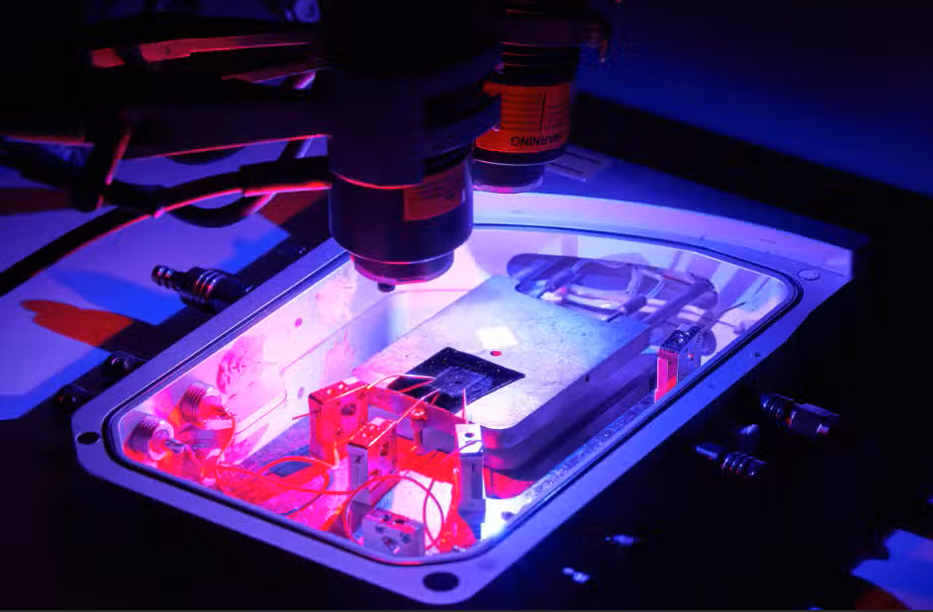Australian engineers create a device that mimics the human eye and brain. Efficient, fast, and capable of processing visual data in real time without external computers the neuromorphic chip developed at RMIT University. This microscopic device does more than just see: it interprets and memorizes, just like our brains do. Without relying on external computers, it detects movements, creates visual memories and processes information with an energy efficiency.
At the heart of this chip revolution is the molybdenum disulfide, a material so thin that it is almost two-dimensional, yet capable of behaving like the neurons in our brain.
Instead of capturing and analyzing every single frame the neuromorphic chip detects only significant changes in the surrounding environment, a process known as “edge detection.”
As Professor explains Sumeet Walia, director of the Centre for Optoelectronic Materials and Sensors at RMIT:
“This test device mimics the human eye’s ability to capture light and the brain’s ability to process visual information.”
In autonomous vehicles, vision systems with neuromorphic chips could detect changes in the scene almost instantly, enabling immediate reactions that could save lives.
For advanced robotics, this technology offers the possibility of more natural interactions. “For robots that work closely with humans in manufacturing or as personal assistants, neuromorphic technology could enable more natural interactions,” says the Professor Akram Al-Hourani, deputy director of COMAS and co-author of the study published in Advanced Materials Technologies.
The team is now scaling up the single-pixel prototype to a larger array of MoS₂-based devices As reported Australian Manufacturing, the doctoral student Thiha Aung, first author of the study, demonstrated that atomically thin MoS₂ can precisely replicate the behavior of an “integrate-and-fire” neuron, a fundamental element of spiking neural networks.









